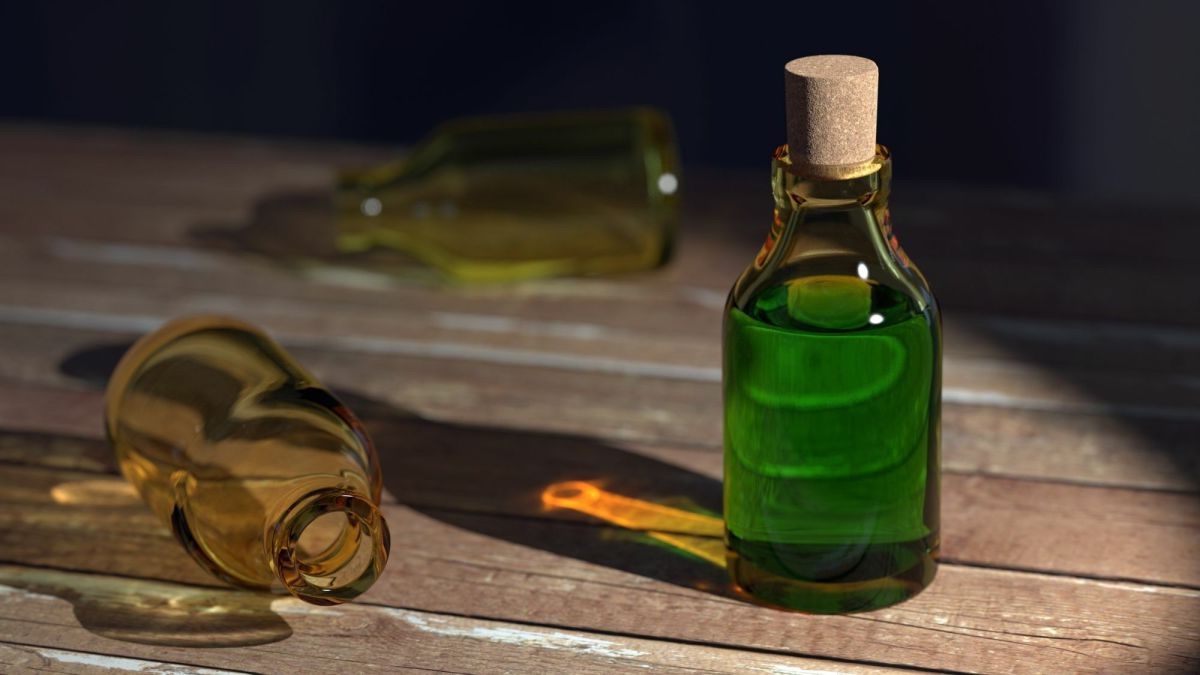
Poisons have fascinated and terrified humans for centuries. From ancient assassinations to modern-day mysteries, these toxic substances have a dark allure. But what exactly makes something poisonous? Poisons can come from plants, animals, or even be man-made. They can be ingested, inhaled, or absorbed through the skin. Some act quickly, while others take time to show their effects. Poisons have played roles in history, literature, and even medicine. Did you know that some poisons, in small doses, can actually heal? Or that certain animals have evolved to use poison as a defense mechanism? Poisons are more than just deadly; they are complex and multifaceted. Ready to learn some intriguing facts about these dangerous substances? Buckle up, because poisons are about to reveal their secrets!
Poisons in Nature
Poisons have fascinated and terrified humans for centuries. Found in nature, they can be both beautiful and deadly. Here are some intriguing facts about natural poisons.
- Belladonna, also known as deadly nightshade, contains atropine and scopolamine, which can cause hallucinations, paralysis, and death.
- Ricin comes from castor beans. Just a tiny amount can be lethal by inhibiting protein synthesis in cells.
- Curare is a plant extract used by South American tribes on arrow tips. It causes paralysis by blocking nerve signals to muscles.
- Amanita phalloides, or the death cap mushroom, contains amatoxins that can cause liver and kidney failure.
- Pufferfish contain tetrodotoxin, a potent neurotoxin that can paralyze and kill if not prepared correctly.
Historical Uses of Poisons
Throughout history, poisons have been used for various purposes, from hunting to assassination. Here are some historical facts about poisons.
- Hemlock was used in ancient Greece for executions, including the philosopher Socrates.
- Arsenic was known as the "inheritance powder" in the Middle Ages due to its use in eliminating rivals.
- Strychnine was used in the 19th century for rat poison and sometimes in small doses as a stimulant.
- Cyanide was used during World War II in gas chambers and also in suicide pills for spies.
- Thallium was a favorite poison of choice for murderers in the early 20th century due to its tastelessness and delayed symptoms.
Poisons in Literature and Pop Culture
Poisons have also made their mark in literature and pop culture, often symbolizing danger and intrigue. Here are some notable examples.
- Romeo and Juliet by Shakespeare features a tragic double suicide by poison.
- Agatha Christie's novels often involve poison as the murder weapon, showcasing her knowledge of toxicology.
- Snow White is poisoned by a witch with a cursed apple, a tale that has been retold countless times.
- Breaking Bad features ricin as a recurring plot device, highlighting its deadly potential.
- Harry Potter series includes various potions and poisons, such as the Draught of Living Death.
Modern-Day Poisons
Even today, poisons play a role in both medicine and crime. Here are some modern-day facts about poisons.
- Botulinum toxin, known as Botox, is used in small doses for cosmetic procedures but can be deadly in larger amounts.
- Fentanyl is a powerful synthetic opioid that is responsible for many overdose deaths due to its potency.
- Polonium-210 was used in the assassination of Alexander Litvinenko, a former Russian spy.
- VX nerve agent is one of the most toxic substances ever created and has been used in chemical warfare.
- Ethylene glycol, found in antifreeze, is toxic and can cause kidney failure if ingested.
Poisons in Medicine
Interestingly, some poisons have beneficial uses in medicine when administered correctly. Here are some examples.
- Digitalis from the foxglove plant is used to treat heart conditions.
- Warfarin, initially developed as a rat poison, is now used as a blood thinner.
- Atropine is used to treat certain types of nerve agent and pesticide poisonings.
- Colchicine, derived from the autumn crocus, is used to treat gout.
- Morphine, derived from opium poppies, is a powerful pain reliever but highly addictive.
Unusual Poison Facts
Some poisons have unique and surprising characteristics. Here are a few unusual facts.
- Fugu chefs in Japan undergo rigorous training to prepare pufferfish safely, as one wrong cut can be fatal.
- Golden poison dart frogs have enough toxin to kill 10 adult humans, yet they are harmless in captivity due to their diet.
- Apple seeds contain amygdalin, which can release cyanide when metabolized, but you'd need to eat a lot to be poisoned.
Poisons, while dangerous, have played significant roles in history, culture, and even medicine. Their dual nature as both killers and healers continues to captivate our imaginations.
The Final Dose
Poisons have fascinated and terrified humans for centuries. From the venom of a snake to the chemicals in everyday products, these substances can be both deadly and life-saving. Understanding poisons helps us appreciate their power and the importance of handling them with care. Whether it's the ancient use of hemlock or modern antidotes, poisons play a significant role in history, medicine, and science.
Knowing these 28 facts about poisons can make you more aware of the dangers and benefits they hold. Always remember to store chemicals safely, be cautious with unknown substances, and seek immediate help if exposure occurs. Knowledge is your best defense against the hidden dangers of poisons. Stay informed, stay safe, and respect the potent power of these fascinating substances.
Was this page helpful?
Our commitment to delivering trustworthy and engaging content is at the heart of what we do. Each fact on our site is contributed by real users like you, bringing a wealth of diverse insights and information. To ensure the highest standards of accuracy and reliability, our dedicated editors meticulously review each submission. This process guarantees that the facts we share are not only fascinating but also credible. Trust in our commitment to quality and authenticity as you explore and learn with us.
